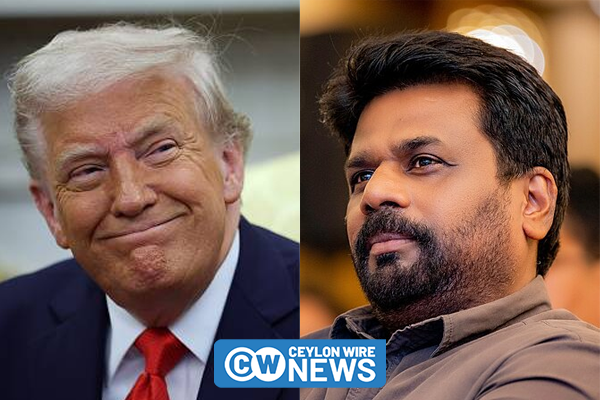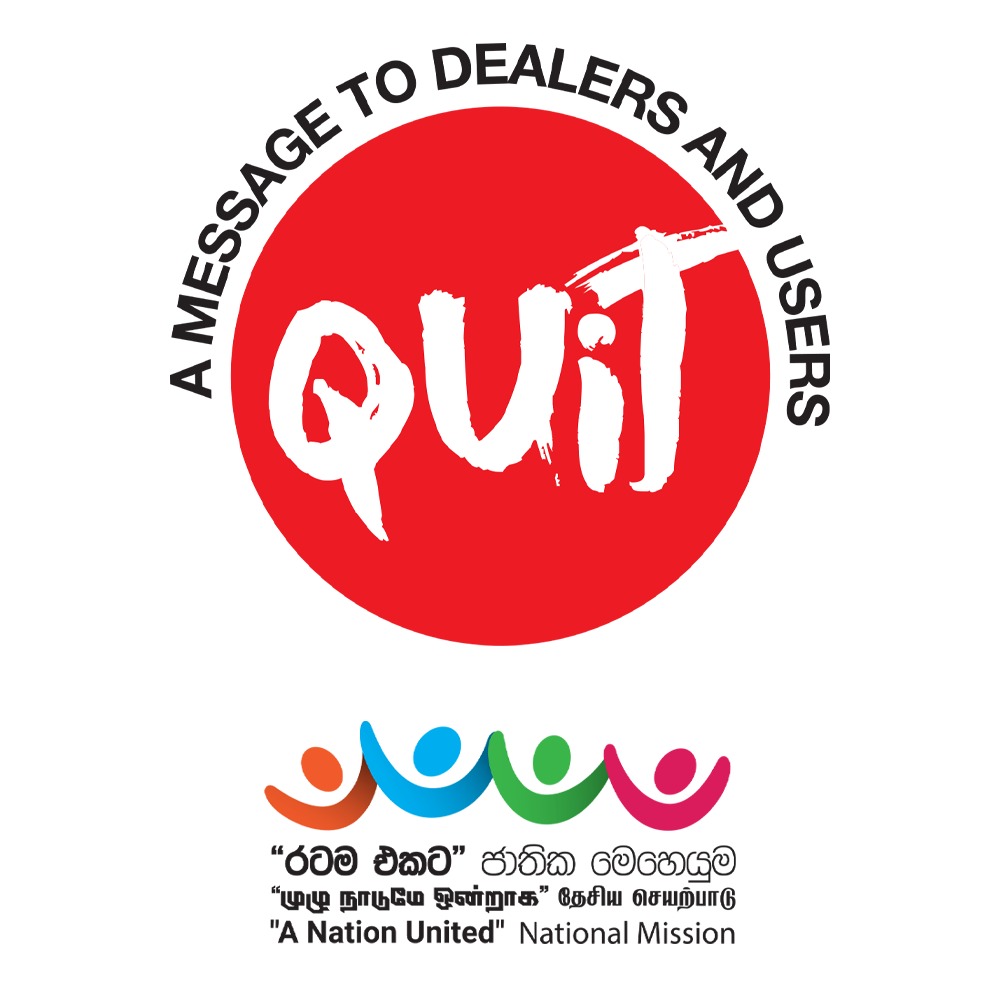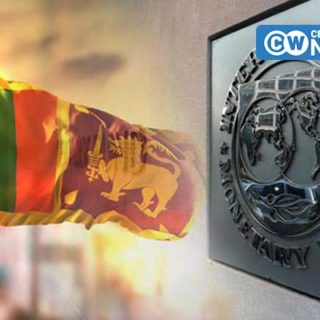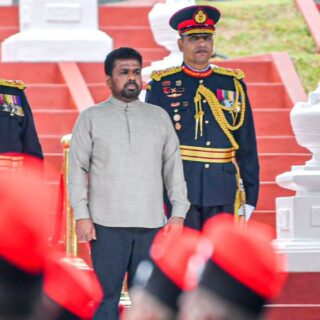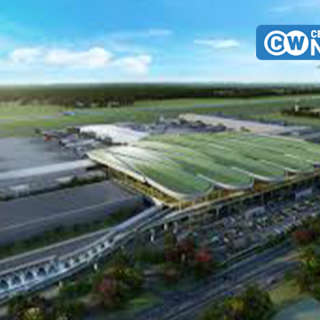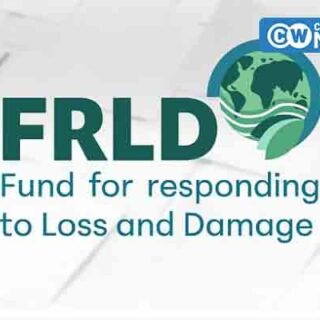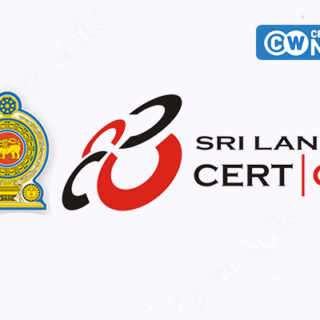U.S. President Donald Trump has finalized a 30% tariff on imports from Sri Lanka, scaling back from the previously proposed 44% in April 2025. The decision was formally communicated in a letter sent to Sri Lankan President Anura Kumara Dissanayake on July 9.
The revised rate, while still above Sri Lanka’s preferred 20%, was received with cautious optimism by trade analysts. It remains lower than tariffs imposed on other South and Southeast Asian nations—Laos and Myanmar (40%), Cambodia and Thailand (36%), Bangladesh (35%), and Indonesia (32%). In comparison, Japan, Malaysia, and the Philippines were levied a 25% tariff.
The United States continues to be Sri Lanka’s largest export market, accounting for 27% (approximately $3 billion) of the country’s total manufactured exports in 2024, the majority of which—64%—comprised textile and apparel products.
The tariff move comes as a response to the $2.6 billion trade deficit the U.S. recorded against Sri Lanka in 2024, prompting the Biden administration to impose reciprocal duties as part of a broader recalibration of trade ties with countries posting large surpluses.
Sri Lanka’s Treasury Secretary, Dr. Harshana Suriyapperuma, previously expressed optimism that Washington would adopt a measured approach, noting that “several rounds of discussions” had been held with the Office of the U.S. Trade Representative (USTR). “Our hope is that our proactive engagement and continued cooperation would lead to a favourable decision,” he told reporters earlier this week.
Despite the lower-than-expected rate, concerns persist over the potential economic fallout. The Free Trade Zone Manufacturers’ Association (FTZMA) warned that the tariffs could cost Sri Lanka up to 50,000 jobs in the short term and weaken its competitive edge in regional manufacturing hubs.
The tariff decision, while short of Sri Lanka’s expectations, reflects the U.S. administration’s broader strategy to address trade imbalances while accounting for regional partnerships and geopolitical dynamics.


